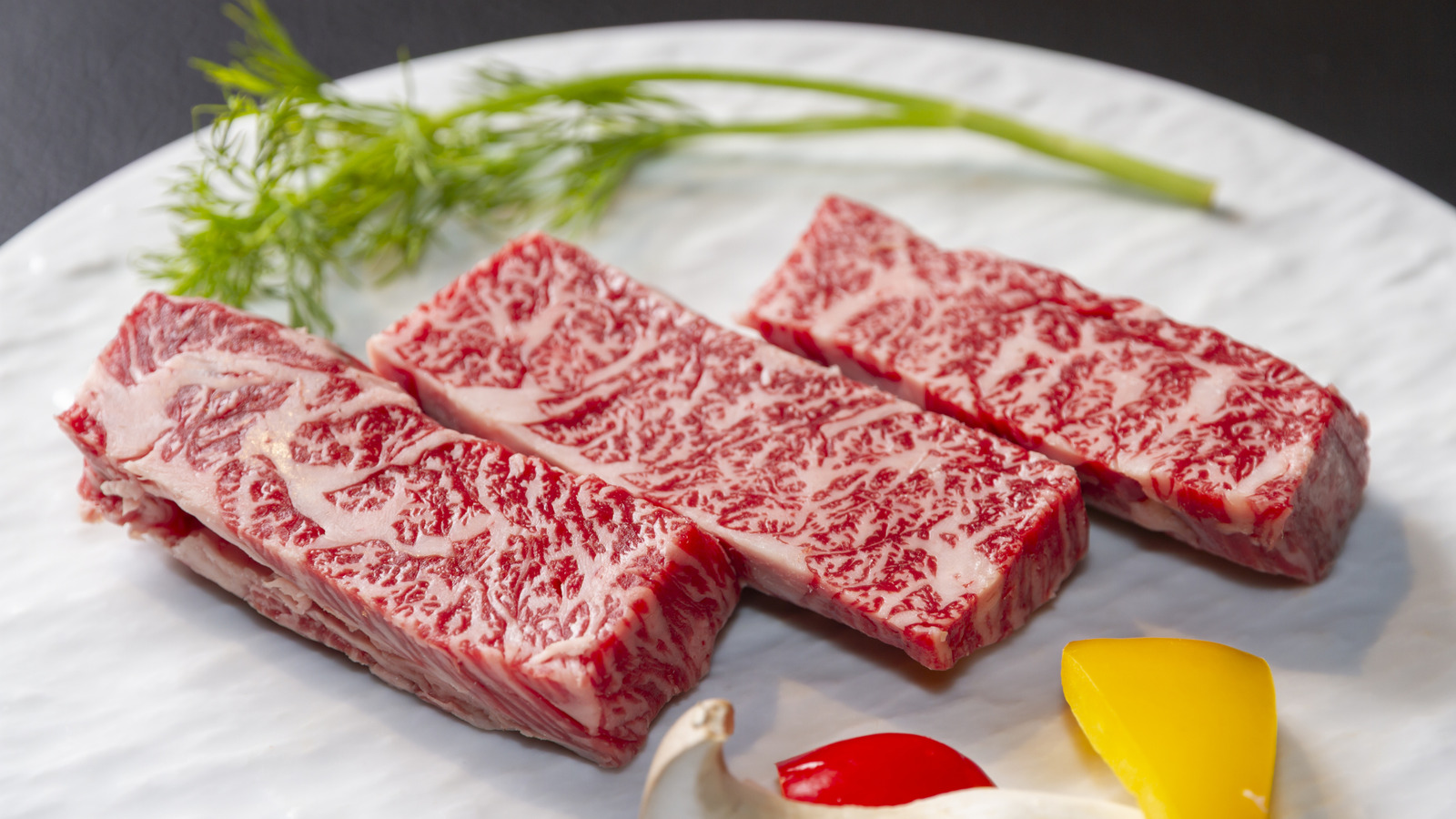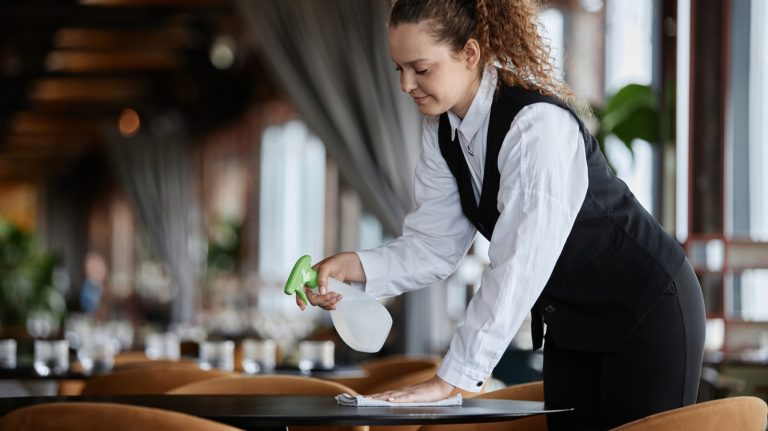You’ll know what makes Kobe beef so special if you’ve splurged and tried it at a fancy restaurant. Buttery and rich with a luscious melt-in-the-mouth quality, this prized and premium variety of beef hails from the Japanese city of Kobe and has a dreamy texture and flavor. If you’re keen to try cooking it at home, it’s vital that you make sure you’re getting a genuine cut of Kobe to recreate the true flavors of your restaurant meal. According to Daniel Yohai Cruz, Head of Beef, Pork, Exotics & Lamb, and Poultry, US & Canada, at Wild Fork Foods, “when it comes to the authenticity of Kobe Beef, the most important thing to look for is the origin.”
To understand why this is so important, let’s zoom out a little. Kobe is a variety of Wagyu beef. “Wagyu is a cattle breed that is known for its tenderness and extreme ability to marble (accumulate intramuscular fat), ” explains Cruz. All Kobe beef is raised from Wagyu cattle, but only Wagyu that’s produced specifically in Kobe can be labeled as Kobe beef — so checking its provenance is vital to making sure you aren’t being duped.
“Kobe beef is rarely available outside of Japan given the small volume produced every year,” says Cruz. He advises those who value highly marbled Japanese beef to look for A5 Wagyu instead, “which is the most marbled one in the Japanese scale.” A5 Wagyu still provides that similar “melt-in-your-mouth experience” and is easier to obtain.
What is Kobe beef under Japanese law?
In the same way that Champagne and Parmesan can only be sourced from specific areas of the world, Kobe beef has to originate from Kobe in the Hyogo prefecture under Japanese law. The beef from this region is produced under strict rules to guarantee its quality. While beef from other areas of Japan can be equally as good, it cannot be described as Kobe. The rich marbling of fat running through a cut of Kobe beef melts at low temperatures, which lends it a distinctive tenderness whether it’s seared simply in a hot skillet or sliced thinly to make shabu shabu.
The worst thing you can do to Kobe beef is marinate it because the other flavors present in a punchy sauce can mask its natural taste. Steeping your Kobe in an acid-based environment can also cause it to develop a mushy texture and prevent it from obtaining a hard sear when fried in a pan or teppanyaki grill. The best way to showcase the flavor of Kobe beef is to respect its natural taste and fry it like a steak so it can develop a nutty outer crust and lusciously tender middle.





